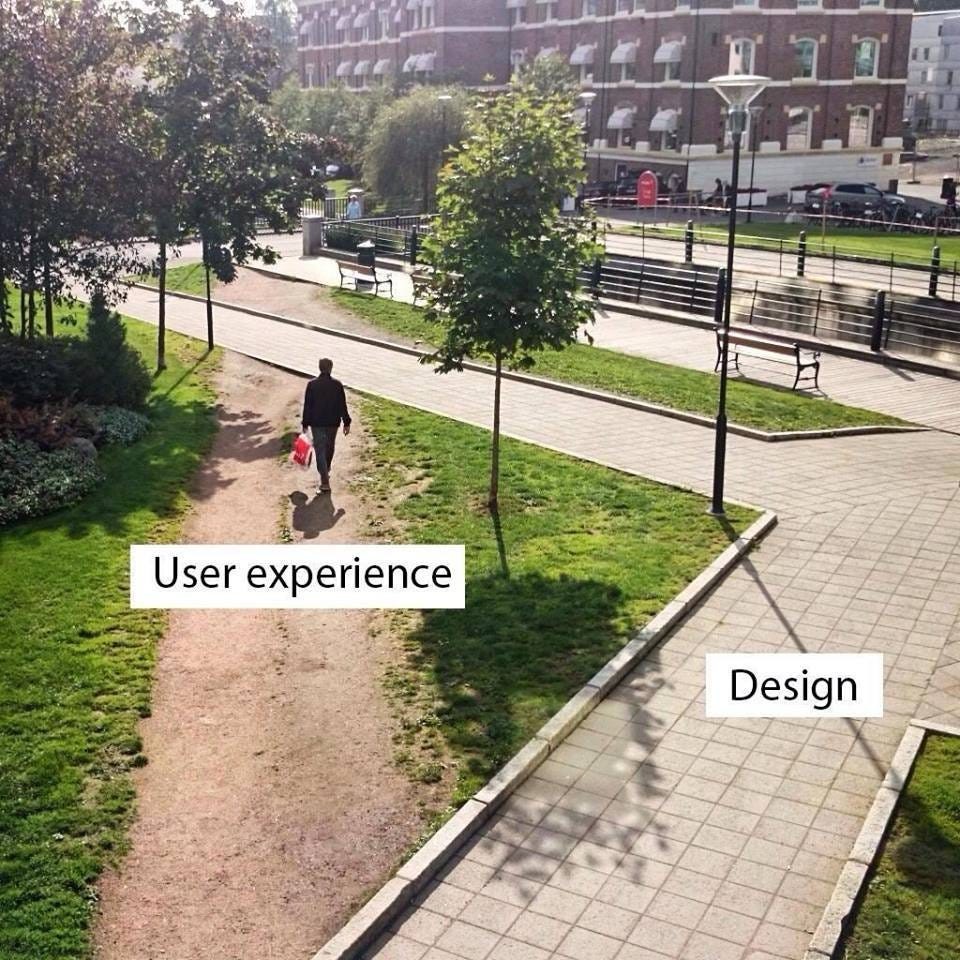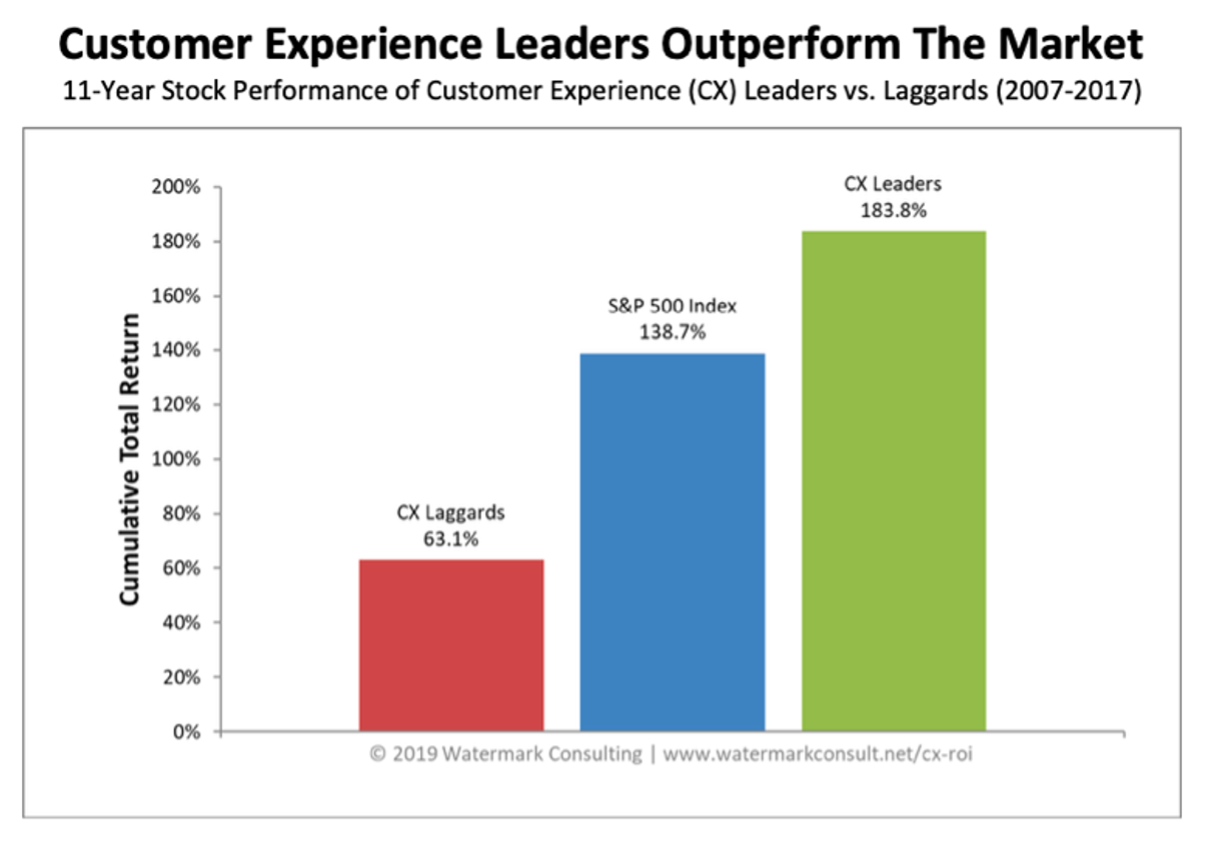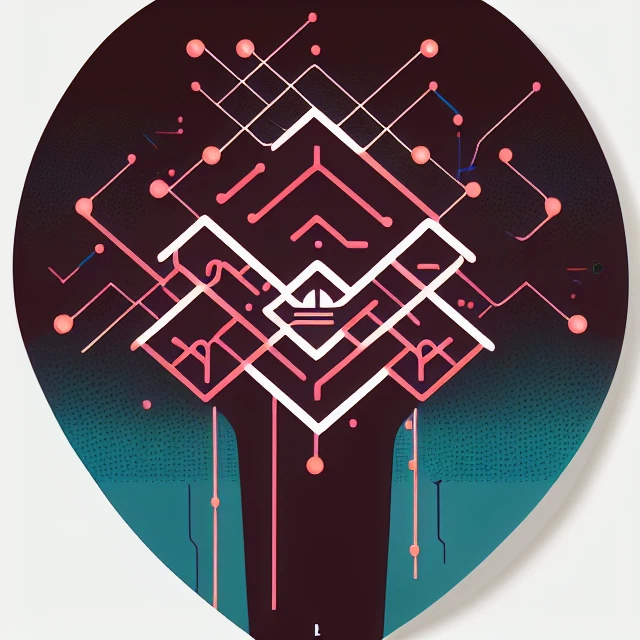Recently when we were talking about AI and what was about to happen in the immediate future, I brought up the polarizing point that I think google was going to have a massive problem. We were arguing about it and I had to make a point on why I would call one of the biggest and most innovative companies on the planet, one of the drivers of the 3rd and even the 4th industrial revolution as threatened by a potential hype topic (OpenAI) who’s service was not even able to calculate the sum of 5+4 correct.

But there was and there is a certain ignorance to not realizing this threat. 15 to 20 years ago our parents told us to not believe everything we read in the internet. We were told to not use Wikipedia as a source because it might be flawed and to stick to the old libraries, Brockhouse and our landline phones.
The thing that happened then is what people in marketing call customer or consumer behavior or when you turn it around consumer/ customer/ user experience. It’s what really happens as soon as you put your product out there. How users use it.
So let’s first look at the two definitions for consumer behavior:
“Consumer behavior is the study of how individuals, groups, or organizations make decisions regarding the selection, purchase, use, and disposal of products, services, or experiences. It encompasses a range of psychological, social, and cultural factors that influence choices, preferences, and motivations. By understanding consumer behavior, businesses can develop effective marketing strategies, design products and services that meet customer needs, and create positive experiences that foster brand loyalty and long-term relationships.“
And for Consumer Experience: “Consumer experience refers to the overall perception and emotional response a customer has when interacting with a brand, product, or service. It encompasses all touchpoints, from initial discovery and research to purchase and post-purchase support. A positive consumer experience is characterized by ease, convenience, personalization, and satisfaction, leading to increased brand loyalty and customer retention. Effective consumer experience management involves understanding and anticipating customer needs, providing seamless interactions, and continuously refining the experience based on feedback and insights.“ They basically are the two sides of a coin.
Usually modern and successful consumer centric companies put the customers in the center of their activities. Apple and Amazon are very good examples for that. We could even say Google is. Or at least was up until a while ago. I will make the point on this was in a minute.
The benefits of a good consumer experience.
A good customer experience has numerous advantages for companies and brands. And as this is not the core point of this article, I will just give a few. 17% of customers will just leave you and look for a new supplier after a bad and unsatisfactory contact. 96% of customers won’t even complain, they will just leave. On the contrary 56% of consumers will stick with you if you provide what they expect. Trustworthiness and transparency are high on the demand side of consumers 86% of consumers say this. A good CX leads to a significantly higher loyalty and more recommendations. Consumers are willing to pay a premium for a good Customer Experience. 75% say that an excellent seamless and effortless service can be expected today. And last but not least a good CX can even be seen in the performance of these companies and brands up to their development in the stock market.

So let’s look at the point I was talking about from the first paragraph. I think Google already lost.
If we look into what users actually expect when browsing the internet, we will probably be able to narrow it down to a couple of reasons. Research, Distraction, Browsing, Shopping… and all of them usually start with a search inquiry.
Most of them on Google followed by Youtube and Amazon.
Youtube is the case when consumers are looking for video content, trainings, education or entertainment.
Amazon has become the platform of truth for products. Many people now start their search inquiry when shopping on Amazon. Some even stop looking if Amazon doesn’t have the product. It’s almost as if a product doesn’t exist if you cannot find it on Amazon.
The biggest part however still falls to Google. And even though Google still has the best and easiest to use search engine. It’s not necessarily become better over time. SEO and SEA play their part. Companies and agencies do their job and optimize web content for the google bot to get a better ranking. Adword campaigns are responsible for the first few “search results” being marked as “sponsored” (which is not really that obvious and can be overseen easily).
But let’s make it even more specific. I was recently searching for a UN initiative (I didn’t know the year, name, decade, author). In fact the only thing I knew about what that it aimed to install fundamental basic rights and requirements for worker and environmental protection in all countries of the world and I knew that developing countries were against it (the reason for this being that they would loose their competitive advantage – pretty cynical – unfortunately). Back to the point.
I was not able to find it with Google. I tried at least ten to 15 different ways to ask the question. So I decided to use ChatGTP and give it a shot.
This is what I asked for:

And I was so surprised and happy about this response. It gave me the name of the initiative and the decade in which it was brought forward. This gave me the opportunity to then look up the document and start working with it.
While I wasted at least half an hour for a google search, ChatGTP was able to provide me with the answer in seconds. And this is the point I wanted to make.
Users don’t use google because they like to search things. Maybe some want to get inspired and go on a wild chase for whichever information they find. But most of us want to have what they are looking for. And they want to have it as fast and uncomplicated as possible.
As a user I don’t want to scroll through 20-40 (page 1 and 2 of the google results) results click on all of them read the pages, realize this one was wrong, click back, re-do it with the next result and slowly find what I was looking for.
A good – and in this case a significantly faster and better customer experience will beat any existing tool we might have used for the last decade.
And don’t get me wrong. ChatGTP is not the ultimate truth, but neither is Google. A good SEO for a bad source might actually make the Google results bad. But ChatGTP and AI in general (there’s a lot more in the market with very specific use cases) can provide a much better starting point or overview then any current search engine.
Don’t worry search engines like Google excel at indexing and retrieving information from a vast array of sources. They provide users with a broader range of options and allow them to explore multiple viewpoints and sources. Both AI tools and search engines have their strengths and can work together to provide a comprehensive, efficient, and engaging user experience. ALSO Google won’t die tomorrow and if there is a company in the market with enough data to take on OpenAI it is Google. I am just trying to make the point that the next revolution has already begun. Let me give you some other examples were AI-powered tools have been transforming various aspects of business and consumer experience, and many traditional tools are already being replaced or enhanced by AI-driven solutions. Here are some examples:
- AI-powered customer service: Traditional call centers and customer support teams are increasingly being complemented or replaced by AI-powered chatbots and virtual assistants like ChatGPT. These AI tools can provide faster, more accurate, and personalized support, leading to a better overall customer experience.
- Personalized marketing and advertising: AI-driven marketing tools can analyze vast amounts of data to deliver targeted, personalized marketing campaigns. This has shifted the focus from traditional mass marketing methods like billboards and TV ads to more sophisticated digital strategies based on individual preferences and behaviors.
- Content generation and curation: AI-powered content generation tools can create written content, graphic design, and even music or videos, enabling businesses to produce engaging materials more efficiently. Traditional content creation tools may still be relevant, but the integration of AI can significantly enhance their capabilities. Check out HashtagLuceenafor this one.
- Product recommendations: AI-driven recommendation engines can analyze user behavior and preferences to provide personalized product suggestions. This has transformed the traditional, manual approach to product curation and merchandising.
- Sales forecasting and inventory management: AI tools can analyze large datasets to predict sales trends and optimize inventory levels, helping businesses stay ahead of consumer demand. This has made traditional sales forecasting methods, which often rely on historical data and intuition, less relevant.
- Fraud detection and cybersecurity: AI-powered tools can identify patterns and anomalies in data, making it easier to detect fraudulent activities and protect businesses from cyber threats. This has shifted the focus away from traditional, rule-based security measures towards more adaptive and proactive solutions.
Coming back to the point from the start. In the end a good consumer experience is only about understanding their expectations, managing them and providing the right customer experience.

And in the society we live in this means efficiency and convenience. Nobody has time. Nobody has the energy to do something ten times to get the desired result.
And this is what an AI can provide.
What do you think about this? Would you update your behavior? Are 100 million ChatGTP users right? Let us know in the comments.
Bernd

Ein Kommentar